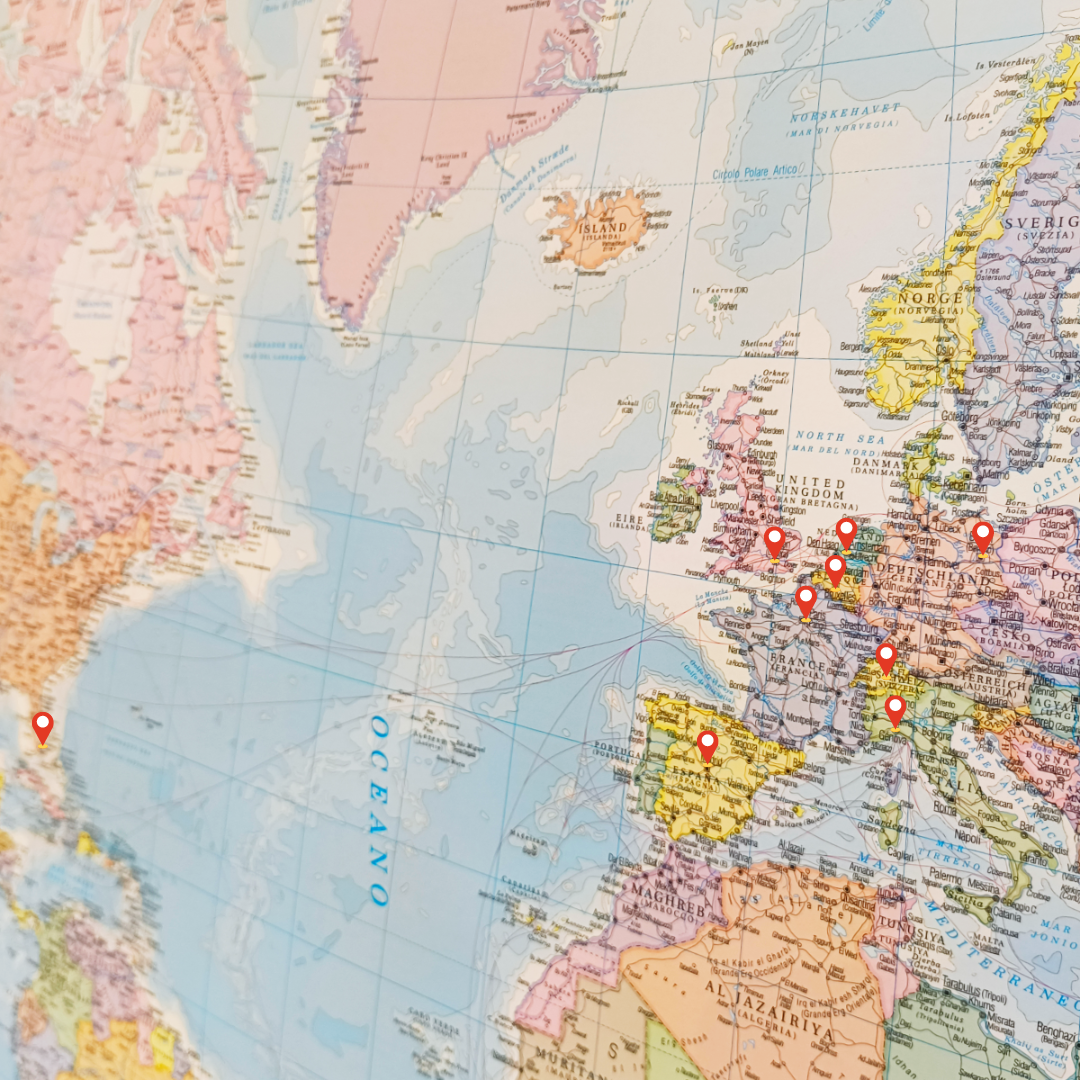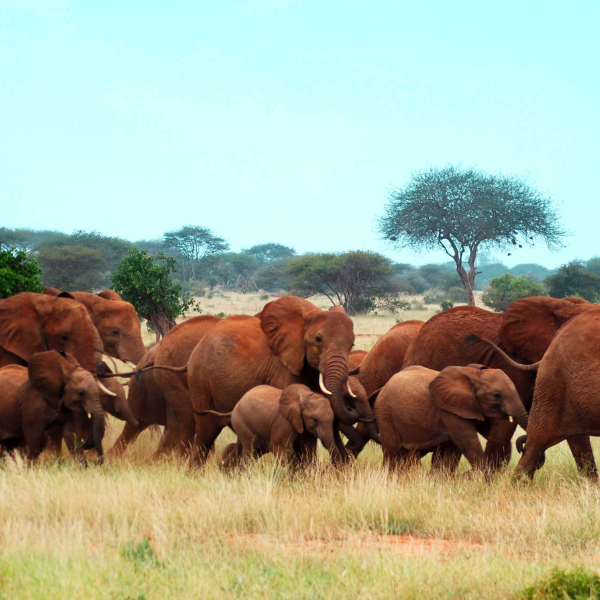Posizione finale in classifica
17
Totale voti ricevuti:
226
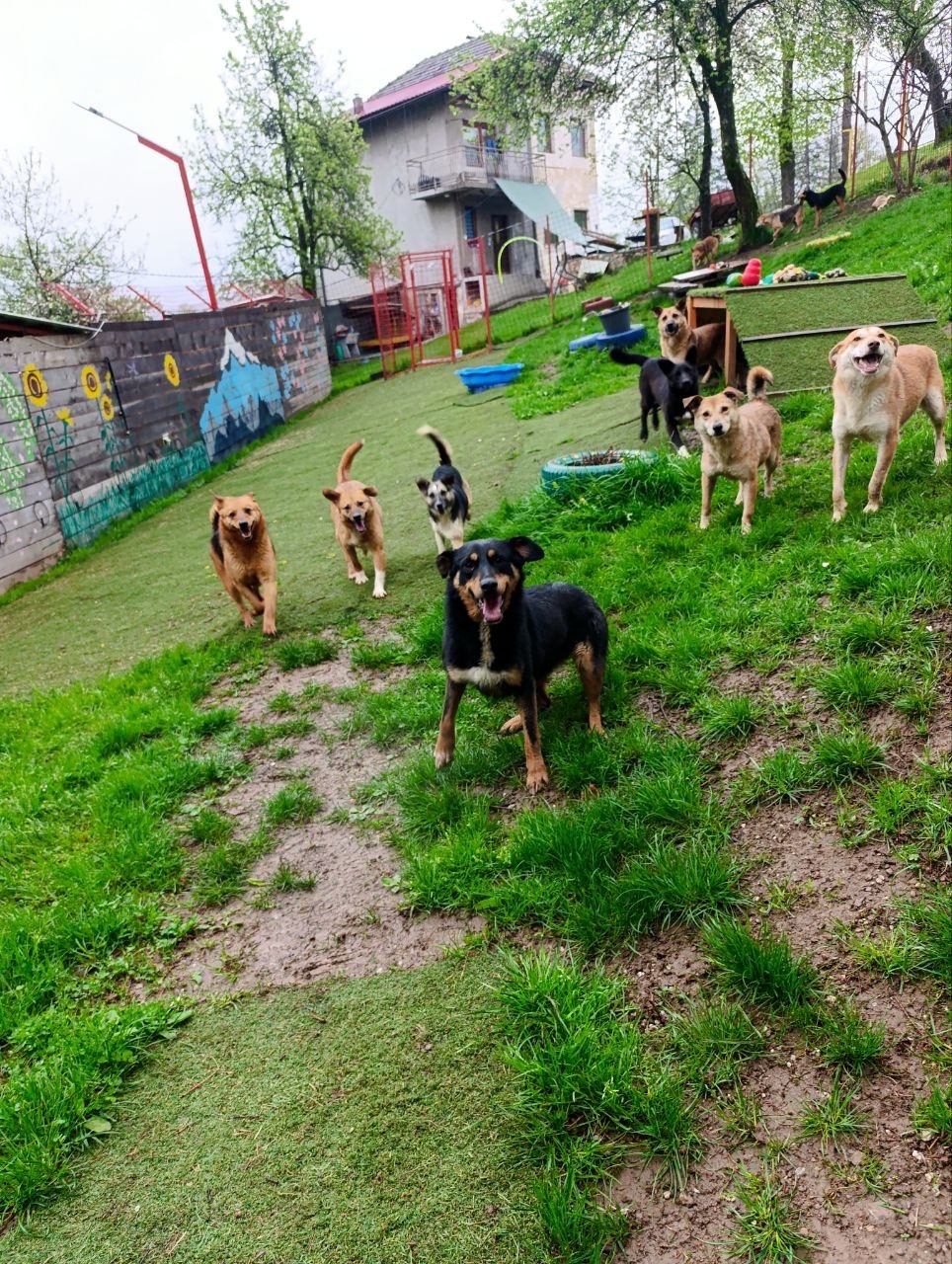
Freedom Field Sensory Garden Camp Campaign
AMBITO D’INTERVENTO
Stray Prevention
IL BISOGNO AL QUALE IL PROGETTO INTENDE RISPONDERE
Welfare is the biggest need we are addressing. The temporary housing was built by hand using wood and wire; the flooring is in poor condition, and it needs urgent upgrades, like clinical vet floors, heating/cooling systems which can handle temperatures from -7 to +45 degrees. These upgrades will improve the physical and psychological welfare of our dogs with larger living spaces and access to sensory green spaces. These upgrades will also allow us to maintain Western standard hygiene protocols.
IL TERRITORIO INTERESSATO
Nazione: EN
Regione: Hadzici
Città: Pazaric
L’IDEA PROGETTUALE IN SINTESI
The existing housing structure, which houses 12 dogs, will be demolished. We will expand the perimeter to create housing for 24 dogs, featuring indoor-outdoor purpose-built houses, and establish a sensory garden space for these dogs. This is phase 2 of a 3-phase plan to upgrade all housing space: The first phase of our new sanctuary block was completed with our working partners in 2023/24. Having established excellent professional relationships with local suppliers, we can complete this new phase with ease and expertise.
The existing structure was originally built by hand using wire and wood, with some houses on uneven ground. The existing structure was originally built by hand using wire and wood, with some houses on uneven ground. As they were meant to be a temporary solution, some of the units have concrete floors and others have wooden floors, which have issues with rotting. Some of the houses require better doors to protect against the harsh winter elements.
We will knock down the existing structure, expand and level out the area for the housing. This area will have to be built up and reinforced before the construction can begin. During this process, if needed, we may also add an additional septic tank. Using our experience from the Sanctuary Block build, we will use thermo panels for the walls and 40% glass fire doors to allow light in but keep the dogs warm overnight. During the day, they will run free in the newly allocated sensory green space that we create for them. The houses, like the sanctuary build will need vet flooring, drainage systems and roofing that can withstand several feet of snow in the winter. The local fire team will also assist us with our fire safety on new builds and across the site, as wildfires and forest fires are becoming more common around us. So the building will need a flame-retardant coating. We would also like to install a heating/ cooling system to combat the 45-degree summers and arctic temperature winters for our dogs.
SINTESI DEI PRINCIPALI RISULTATI ATTESI
We will have created a Western standard indoor-outdoor space and sensory garden access for 24 dogs, which means we will be able to close down the oldest part of the facility and move 12 more dogs, in addition to the 12 already in the space, into the purposeful area. The welfare of our dogs will be improved, the ability to maintain excellent hygiene standards will have been implemented, and we will be one step closer to opening our doors to the local community.
Galleria immagini e video


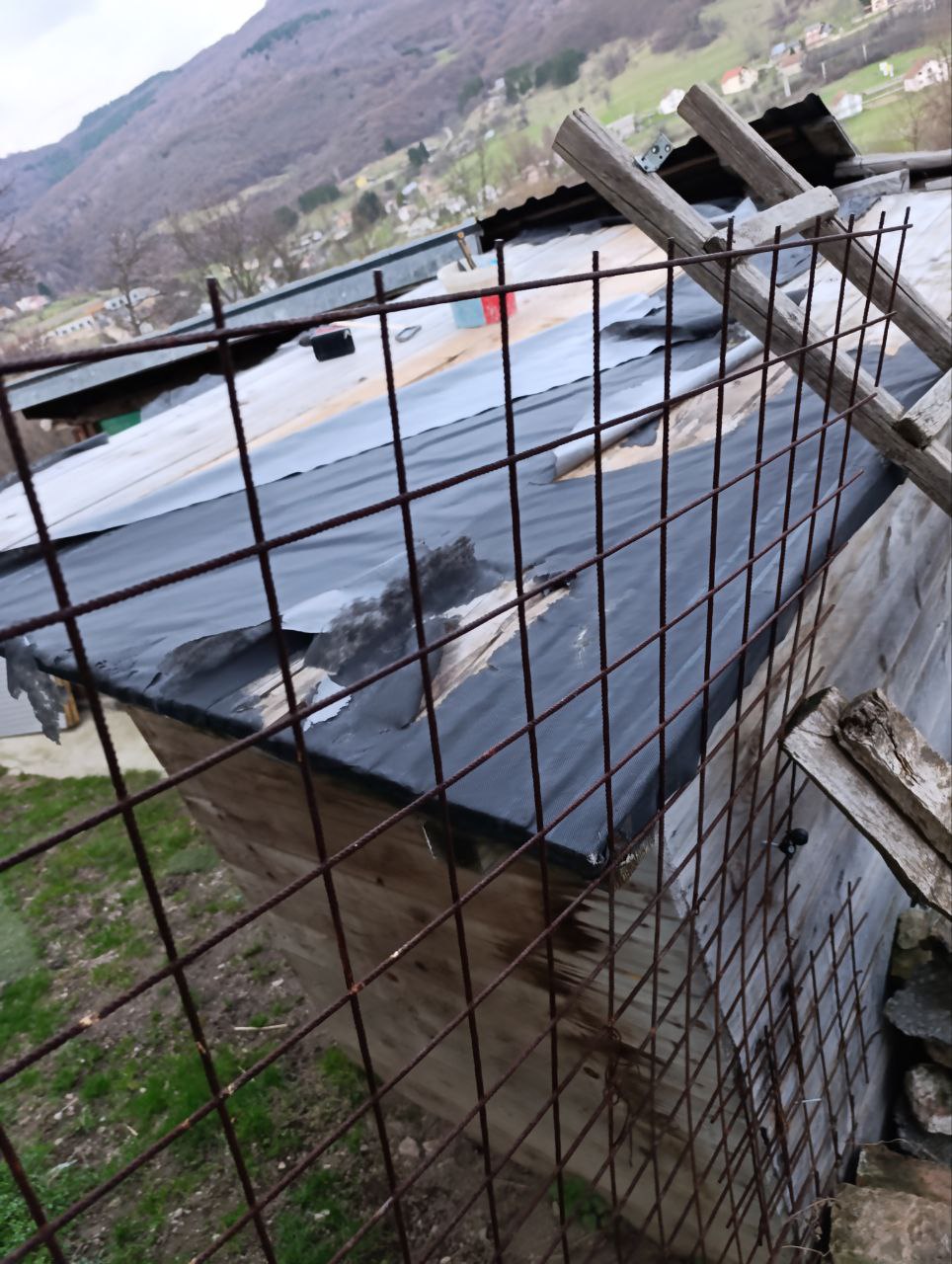
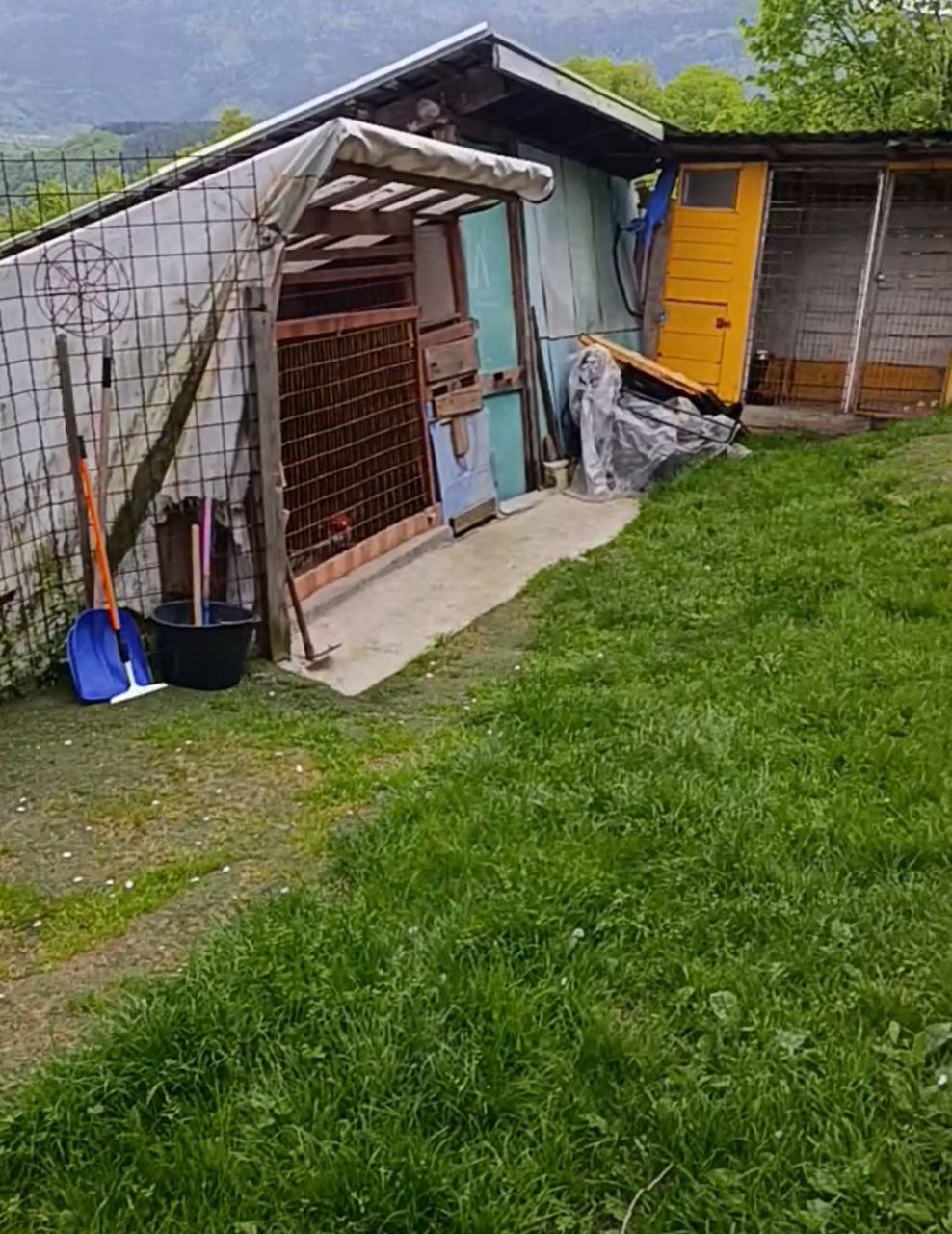
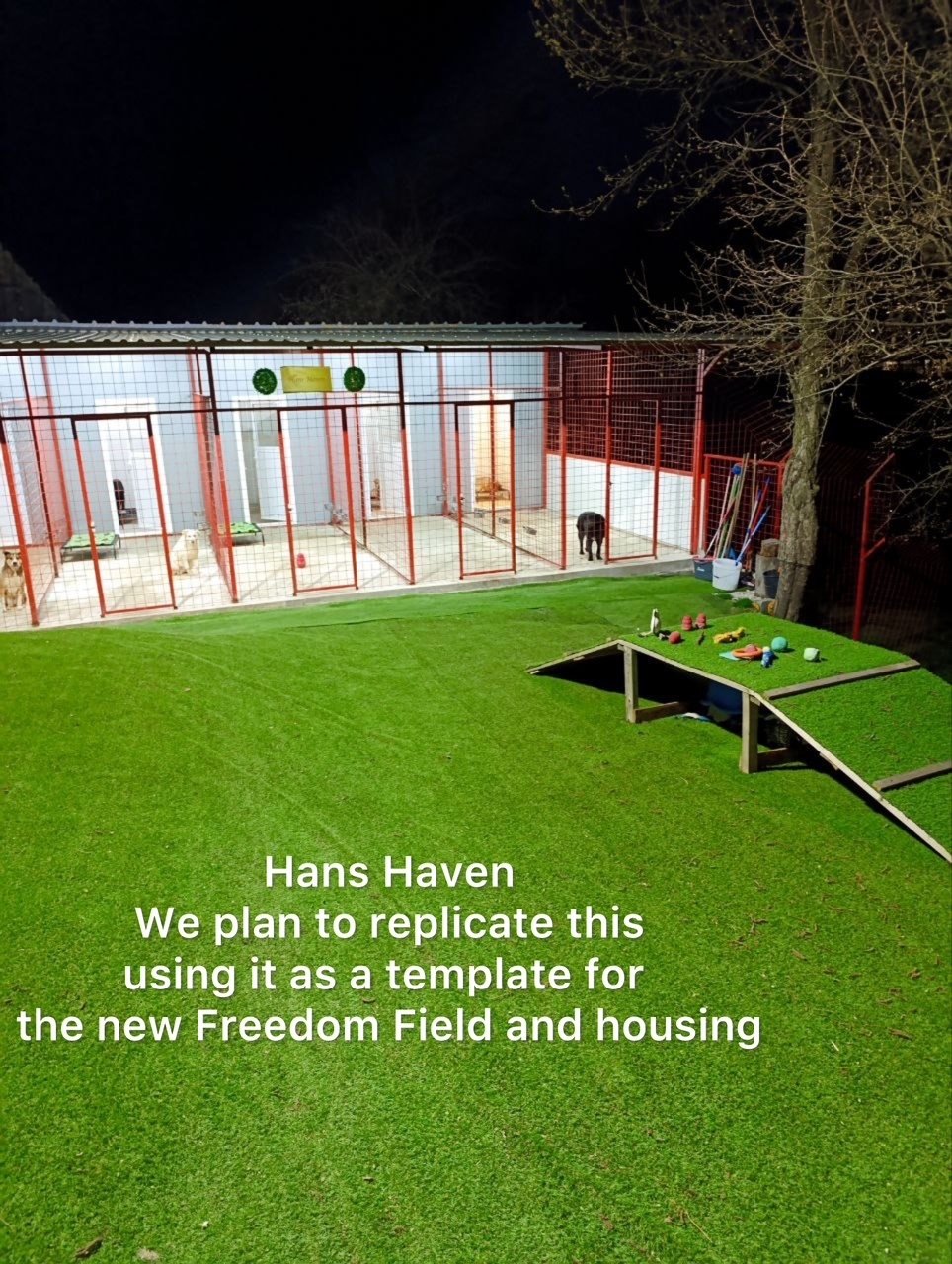
INFORMAZIONI SULL’ASSOCIAZIONE CHE PROPONE IL PROGETTO

Saving Strays
144 Geneva Road , Darlington, north east england, DL1 4HT, EN
ANNO COSTITUZIONE: 2020
SITO WEB / PAGINA FACEBOOK: https://savingstrays.org.uk/
MISSIONE
Saving Strays is an entirely volunteer-led U.K. charity working in Bosnia and the UK. We work to alleviate the suffering of stray and abandoned dogs and dogs who are captured using barbaric methods and sentenced to death row. We rescue, rehabilitate and then adopt these dogs into loving families if possible. Those not able to be adopted are given lifetime sanctuary. All dogs are spayed and neutered on arrival, as we believe education and neutering is a key element to tackling the stray problem.


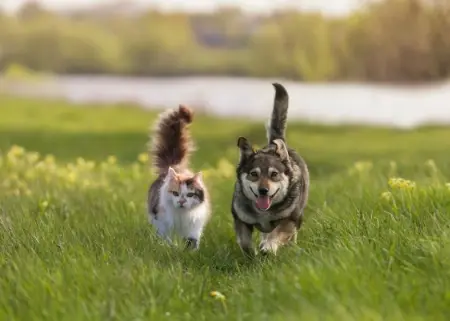

-1.jpg)

